Grade 6: One Point Perspective meets Op Art meets Surrealism – Whaa?
This was a project that served to introduce some images and ideas that were new to the class, and to combine those with knowledge from projects already completed … kind of a nice thing to do nearing the end of the school year, I thought.
Session 1
We started with some images of Surrealism (Magritte, Dali), and a discussion of it’s basic principles and forms. I think the images were fairly new to the class, but they were quick to pick up on some of the ‘tricks’ and the overall weirdness of the paintings’ details. Fun!
Next, we reviewed the basics of 1-point perspective, something they had already done some simple exercises in. Throw in a quick reference to the Op Art work we did at the beginning of the year, and we were ready to get to it.
This project took 3 double sessions, with a bit of catch-up work here and there with their teacher. My biggest surprise came at the beginning, after we handed out the heavy stock paper (watercolour paper was not an option) and rulers and pencils. I had them measure off the long side of the paper so as to mark a line the same length as the short side of the paper, thereby making a square on their sheet. The remainder could be an area where they tried out paint colours as they mixed.
This basic directive was met with some confusion, and my own ability to communicate was further called into question when I attempted the next step. Yikes! Next was to find the center of that square and mark it with a small dot. I showed them how to find that intersection by measuring both diagonals from the corners. Wait! It gets even more complicated: I had them measure out and draw a sucession of squares radiating out from the center one, and then intersecting those with lines out from the center vanishing point. Are you with me still? They weren’t. After a few whacks at it between the efforts of both the teacher and I, the lights began to go on, and we saw the mathematics of it all begin to bear fruit. Phew! We concluded that there are some things that we as adults take for granted in knowing how to do, and it takes a real shift of mind/perspective to get back to that ‘before’ state. So, the set-up was more laborious than I thought, but we at least had a plan for the second session.
There was one other thing I did during this session, however. The teacher and I chose three students (my daughter being one – there’s gotta be some perks to having your mom come in and volunteer teach Art). I took them out into the hall and asked the to pose as if they were falling through space. Whaa? I’m glad we chose Leah because she was quick to get into this, despite her tendency to shyness. I photographed them upright and on the floor to achieve this, and asked for three poses from each of them. It was kinda fun! They had had the experience of me photographing them with umbrellas early in the year, so this wasn’t too much of a stretch. I swore them to secrecy, so the results would not be seen until later.
Sessions 2 & 3
Armed with all the small brushes I could find, and a limited palette of paint, the next step was to paint as watercolours a checkerboard of their squares, leaving the center one blank. Hairdryers sped the drying, so now it was time to do some cutting. This was a large class in whose hands exacto knives could be a problem, so the teacher and I did the cutting: removing the centre square and cutting three sides of the of the painted squares, chosen by the student. These would make the three hinged trap doors to build in some Surrealism.
In the meantime, the class sifted through the huge pile of magazines I carted in, to find odd images to paste in behind the cut centre square/window/end of tunnel, and the three doors. For some, getting them to choose images that completely covered those cutouts was a challenge – it was important that it looked as though one were looking through the openings at something beyond, even just a glimpse.
One more thing, though. Remember the pictures I took of their 3 classmates? At this point, I pulled out the surprise element: photocopies of them ‘falling, tumbling’ in three sizes. Each student was to choose three. One of each size, using at least two different images, please. More Surrealism, don’t ‘cha think? Using the principles of 1 point perspective, they were to place the figures somewhere in the tunnel as though the images were floating in space. Here, they could break the picture frame and extend beyond the edges of the tunnel. This was a particularly fun part of the project, and stepped up the interest and personal investment a lot! I think the three students whose images we used were secretly pleased as well.
The results didn’t photograph as well as I hoped, and I am not sure if the choice of painting the squares was best. I was wanting to give them an opportunity to work finely with paint. I think next year I will reintroduce painting in a watercolour method, and let them go for it with washes, etc.
I do have an Art Blog to thank for this project idea, but I can’t remember which one… aargh. When I find it I will give proper credit, I promise.
St. Michael School / Spring 2012

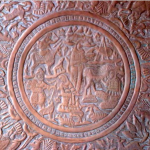
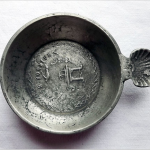













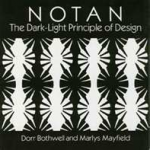



































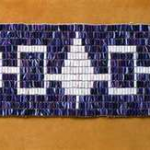






























































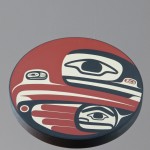









































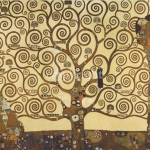



















































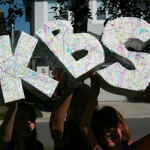

You must be logged in to post a comment.